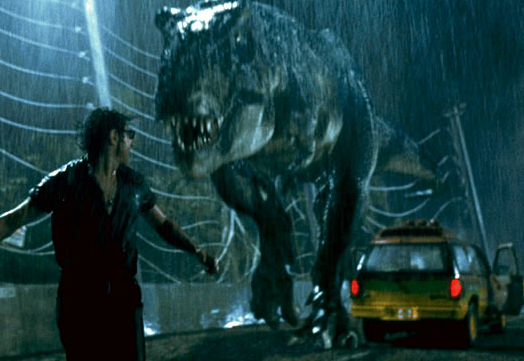
“The UXD Stack” is a universal framework useful for analyzing any kind of communication. Every presentation, screen, button, and image that the Credera Experience Design (XD) team creates is geared towards solving a specific business problem. The UXD Stack is the framework we use to identify and solve such problems.
This encompassing approach considers five basic attributes of communication: purpose, audience, content, design, and technology.
In a series of posts, we’ll explore each attribute of the stack, one layer at a time, sharing additional examples and activities along the way.
Purpose Answers the Question, “Why Are We Doing This Project?”
At the top of the UXD stack is purpose. It’s critical to understand, as much as possible, why the project stakeholders want to invest time, money, and energy into the endeavor before research or design activities begin. Before we start, can we clearly answer, “What overall problem are we out to solve?”
I remember a quote by Elizabeth Boling from years ago that has stuck with me:
“’Designer’ does not mean ’artist’ – though lots of people want to think it does. The job of a designer is not self-expression, it’s problem-solving.”
The better we understand the problem, the better our chances will be at solving it. This sounds obvious, but it’s very easy to get caught up in what we can do without thinking about what really needs to be done.
A great example of understanding purpose from the same early Internet-era as Boling’s quote was the first home page for a special program of the USDoA Farm Service Agency: Hay Net.
The purpose for this site couldn’t be clearer, could it? It’s a clearinghouse for people to exchange hay. You either have hay to sell or need to buy hay from someone else, and the prominent links help you initiative such an exchange.
Understand the Business First
By definition, XD designers focus on the needs of end-users to create great experiences. However, our ultimate goal is to exceed the business objectives set by the project’s investing stakeholders. Without their willingness to take risk and invest, the project (and our role on it) would not exist. When the business objectives are at odds with user experience, it is our job to redesign the interaction so that both sides achieve their goals.
Here are a few items to consider when defining the purpose for a business or non-profit site.
What product or service does the company offer?
Make sure you understand fully the features and benefits of what the company provides to the marketplace.
How do they compete with this product or service?
Are they the cheapest? Are they the highest quality? Are they the innovator offering something that nobody else has? Understanding how your product will compete will help you craft the appropriate functionality, visual design, and writing style to support the desired market position.
Will the actual transaction occur online?
Many product companies sell their items online through an eCommerce site, but not all transactions are suited for the web.
Typically, the larger the purchase price, the less likely the transaction will occur online. If there isn’t a shopping basket involved, what is the next logical step you’d like the audience to take to move them towards an eventual sale? Seth Godin coined the term permission marketing to describe the series of smaller (and mostly non-financial) transactions that occur in the process of making a larger commitment sale. If you’re working on a project for a services firm or another company that has an involved sales cycle, I highly recommend taking Godin up on his offer to get the first several chapters of his book for free (a great example of permission-style marketing itself).
An Effective Elevator Pitch Builds Team Consensus
Exploring the ideas above is essential for a successful kick-off to your project. The final step for defining purpose is to make the abstract ideas above concrete in an “elevator pitch” for the team to rally around throughout the project.
Our project teams have used the “Gamestorming Elevator Pitch” many times with great success. This group exercise plays out like a Mad Lib story. A group moderator leads the team through brainstorming words or phases for seven key ideas that are ultimately strung together into a concise and effective description of the project. Besides being a fun exercise, the end result becomes the key phrase team members can point to when making design decisions throughout the project.
Understanding Purpose Drives Successful Design Decisions Throughout the Project
The UXD Stack works because decisions at every layer rely on a complete understanding of the level above. When that approach follows all the way through the project, every design decision will trace back to the top where the business goals are defined.
The more you understand about the nature of your client’s business, the better suited you’ll be for success. Keeping the client’s purpose in mind will help your design decisions from resembling the warning of Jurassic Park: “… your scientists were so preoccupied with whether or not they could, they didn’t stop to think if they should.”

Jurassic Park (credit: Universal Pictures)
Next Time: Audience
In the next post on this topic, we’ll survey means to identify and better understand our audience, the people who interact with our designs.
We use the UXD Stack at Credera to solve our clients’ toughest problems. From top to bottom, the stack ensures that business needs, user experience, and technology solutions work together to exceed our goals. If you’re interested in learning how the UXD Stack applies to your current project, please visit our website to get in touch with the Credera Experience Design team.
Contact Us
Ready to achieve your vision? We're here to help.
We'd love to start a conversation. Fill out the form and we'll connect you with the right person.
Searching for a new career?
View job openings